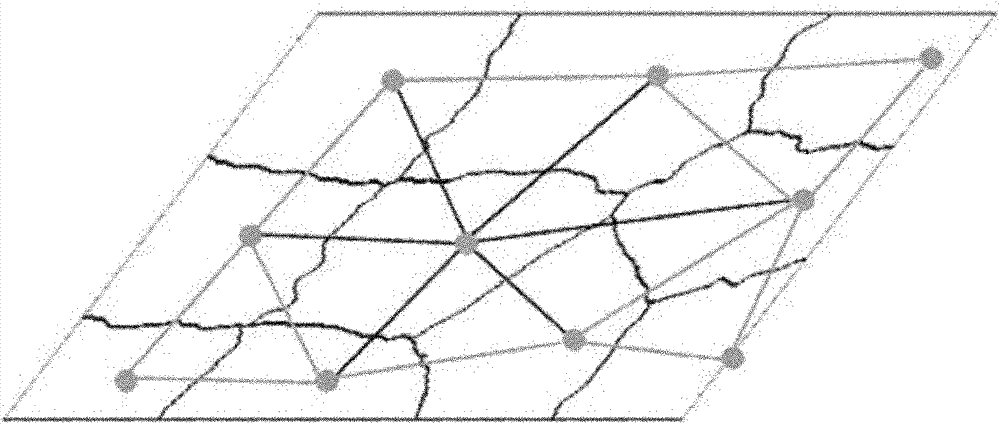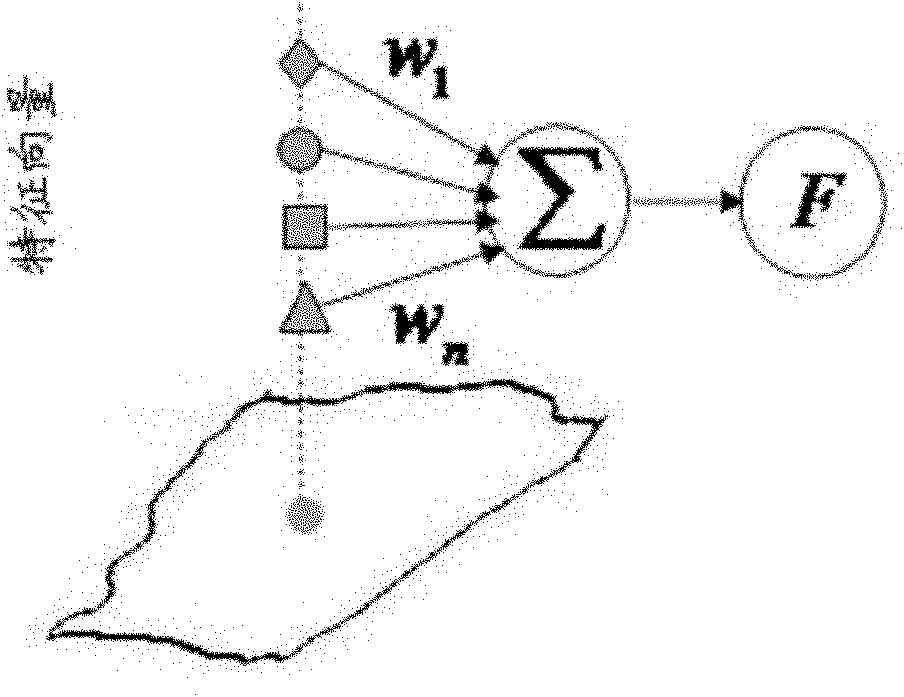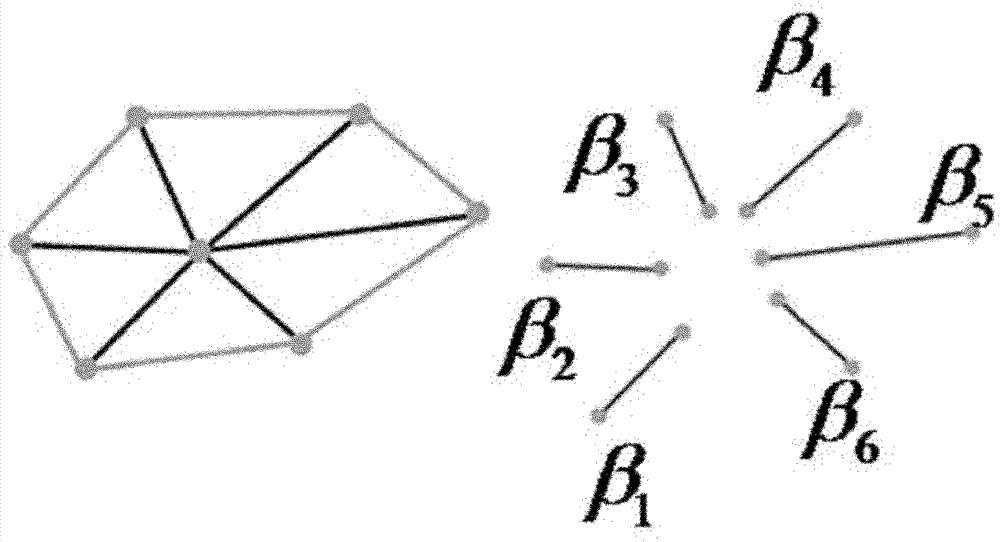SAR image monitoring and classifying method based on conditional random field model
A conditional random field, supervised classification technology, applied in the field of image processing, can solve the problems of too many basic units, insufficient description of complex scene models, affecting the efficiency of image classification, etc., to achieve the effect of fast training and inference.
- Summary
- Abstract
- Description
- Claims
- Application Information
AI Technical Summary
Problems solved by technology
Method used
Image
Examples
Embodiment Construction
[0015] The technical solution of the present invention is described in detail below in conjunction with accompanying drawing and embodiment, and embodiment comprises steps as follows:
[0016] Step 1. Establish the conditional random field model of the regional connection graph:
[0017] Firstly, the image is over-segmented into multiple regions, which can be realized by using the existing MeanShift algorithm during specific implementation, which will not be described in detail in the present invention.
[0018] Suppose the image is over-segmented into Q regions, recorded as S={S 1 , S 2 ..., S Q}, the corresponding label set is: T={X i , i∈(1,2,…,Q)}, where X i The corresponding value is L={1, 2, . . . , K}, where L is a discrete symbol set. Then all possible labeled states (ie solution space) of T have L Q indivual. The region adjacency graph G=(S, E) is built on these over-segmented regions, each region S is regarded as a node, and E represents the edge connecting th...
PUM
 Login to View More
Login to View More Abstract
Description
Claims
Application Information
 Login to View More
Login to View More - R&D
- Intellectual Property
- Life Sciences
- Materials
- Tech Scout
- Unparalleled Data Quality
- Higher Quality Content
- 60% Fewer Hallucinations
Browse by: Latest US Patents, China's latest patents, Technical Efficacy Thesaurus, Application Domain, Technology Topic, Popular Technical Reports.
© 2025 PatSnap. All rights reserved.Legal|Privacy policy|Modern Slavery Act Transparency Statement|Sitemap|About US| Contact US: help@patsnap.com



